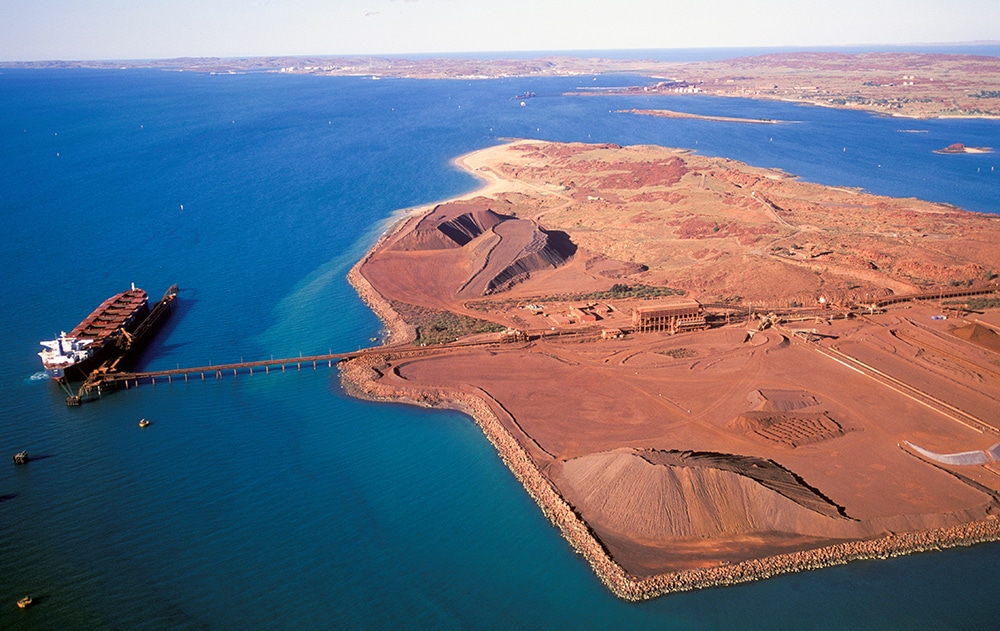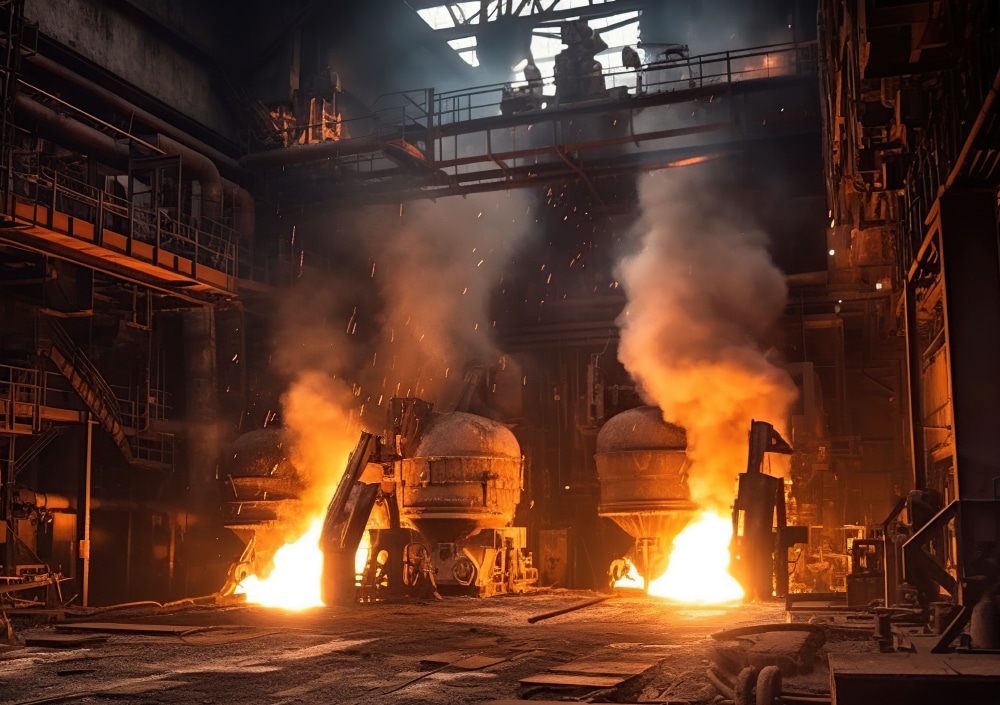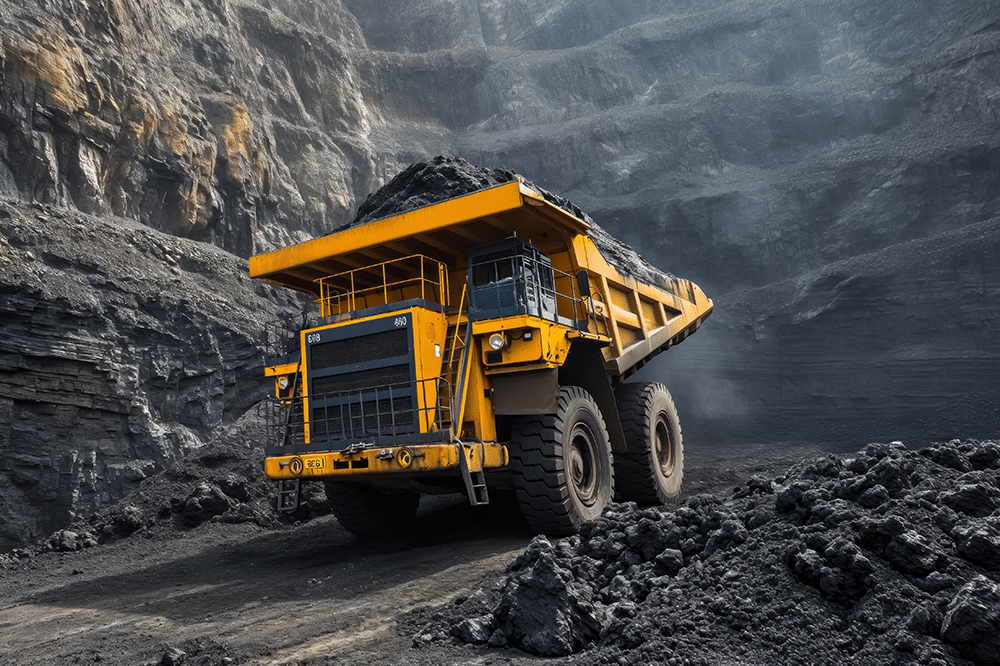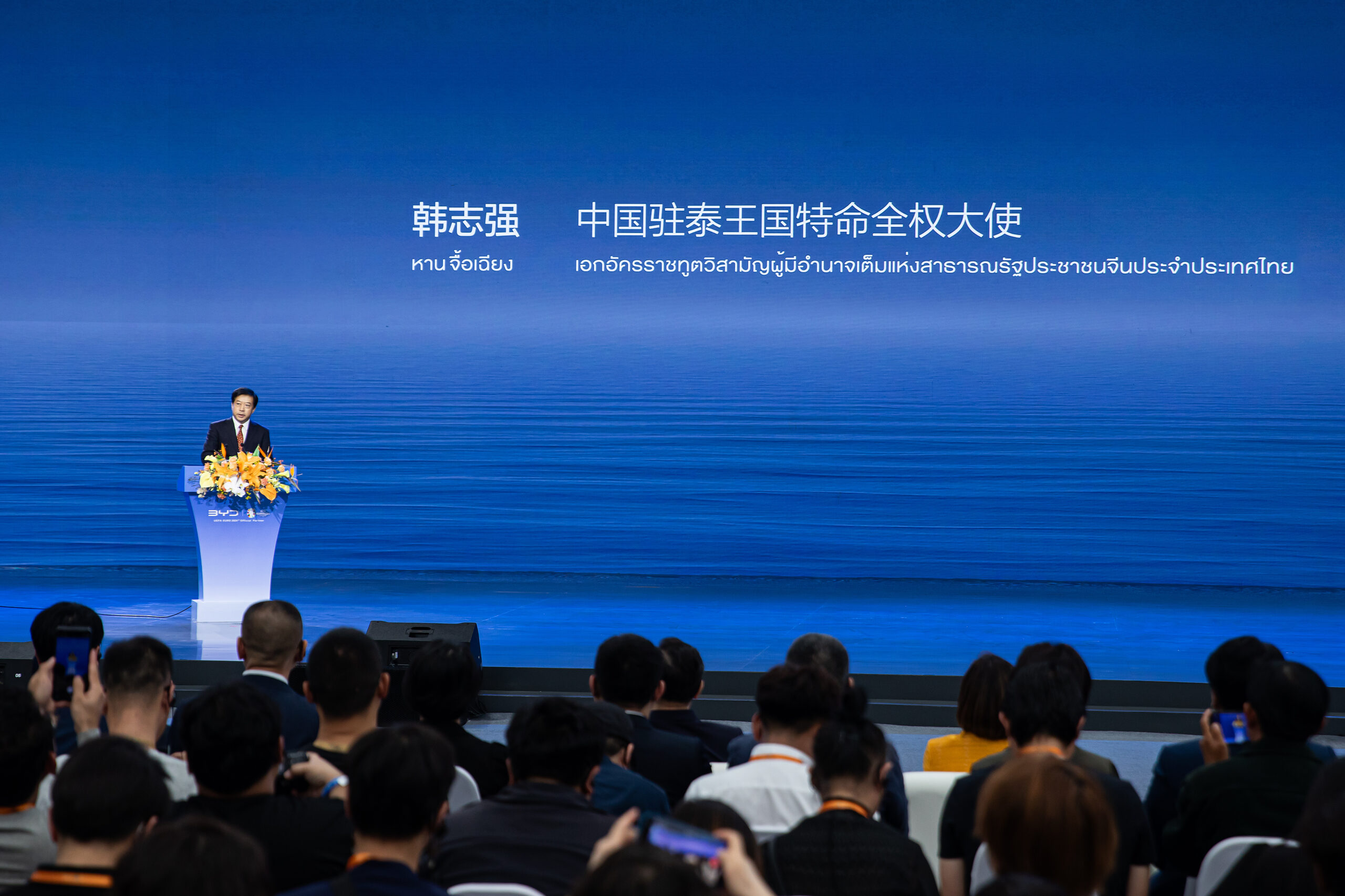Iron ore prices hit the headlines again after dipping below the psychological barrier of US $100 per ton this Monday. It was the fourth time it crossed the threshold in a fortnight. This recent drop was nearly 30% below iron ore’s peak of $144 a ton, which it achieved in January this year. As a result, Singapore futures fell 1.7% to US $99.40 a ton by Monday afternoon.
According to a Reuters report, the sixth straight week of declines stems from China’s steel mills struggling, while port inventories of the raw material stagnated. The report added that the benchmark Singapore Futures contract had dropped every week since July 5.

Many analysts have already predicted that iron ore prices will be considerably lower for the rest of 2024 due to the persistent downturn in China’s construction sector, which has led to a sharp decline in steel prices. This collapse has rendered many steel mills unprofitable, making them even more reluctant to purchase iron ore.
Receive weekly updates and market intelligence on commodity prices and market insights, helping your company adapt and thrive in the face of changing market dynamics. Opt into MetalMiner’s free weekly newsletter.
A Maze of Market Risks for Iron Ore Prices
Iron ore has been one of the year’s poorest-performing major commodities, with its value declining by over 25%. The only silver lining to the story is in Australia, where iron ore was still trading at about US $100 a ton despite the problems with China. That said, Australia’s own Department of Industry, Science and Resources recently released a forecast predicting that prices will drop to about $96 a ton by the end of this year.
Again, much of the fresh decline in iron ore prices stems from a worsening situation for Chinese steel mills, which is key in determining prices. With steelmakers intensely focused on maximizing profits and minimizing losses, a significant deterioration in their margins has led to a renewed softening in iron ore prices.
Goldman Sachs Warns of Looming Supply Crisis
The aforementioned Reuters report quoted a Goldman Sachs analyst as saying that because iron ore consumption continued to fall falling, the market needed to see a decline in supply to stop it from moving further into oversupply. She added that a price of under $US 100 as likely needed to trigger a sufficient supply response.

Meanwhile, the dire financial situation of Chinese steel mills is more evident with every passing day, with hardly any mills reporting profits. This precarious state may lead to a further reduction in output, exacerbating the downward pressure on iron ore prices. Steelmaker margins had already plummeted to their current levels and even lower during the first quarter. The price peaked in January 2024 and dropped to a low of $US 98 a ton in April as the industry struggled to maintain profitability.
Are you prepared for your 2025 annual metal contract negotiations? Be sure to check out our 5 best practices for negotiating with suppliers.
China’s Economy Revival Attempts Continue to Fail
China has so far tried nearly every trick in the book to revive its economy, including interest rate cuts. However, even this received a tepid response from commodities that typically benefit the most from such actions, like iron ore. A few weeks ago, the People’s Bank of China reduced the seven-day reverse repo rate from 1.8% to 1.7% before subsequently lowering benchmark lending rates by the same amount.
Despite this significant move — the first broad interest rate reduction since August 2023— iron ore and copper, which remain closely tied to China’s construction and manufacturing sectors, saw minimal increases in demand.
Bearish Iron Ore Prices Meet China’s Hunger for Inventory
Clearly, iron ore prices continue to move into a bear market. Coincidentally, even as nations like India continue to complain bitterly about cheap Chinese steel exports flooding their domestic markets, iron ore imports by China touched about 612 MT. This represents an increase of about 6.8% in the first half of 2024 compared to the same period in 2023.

Still, some analysts say the ore had nothing to do with making steel, but was instead used to rebuild inventories. Some supporters of this theory, like Reuters columnist Clyde Russell, stated that the unclear patterns in China’s rather large and inexplicable commodity imports during the first half of 2024 were more influenced by price changes than economic indicators.
MetalMiner Insights provides in-depth price forecasts and easy-to-follow should-cost models for multiple commodities. Have questions? Schedule a meeting with us.




